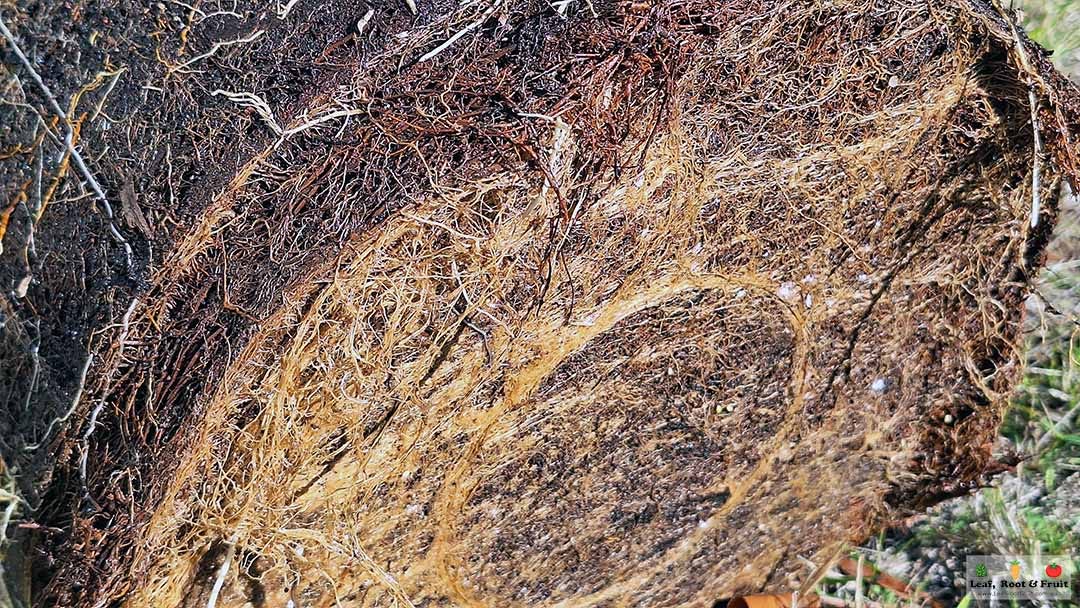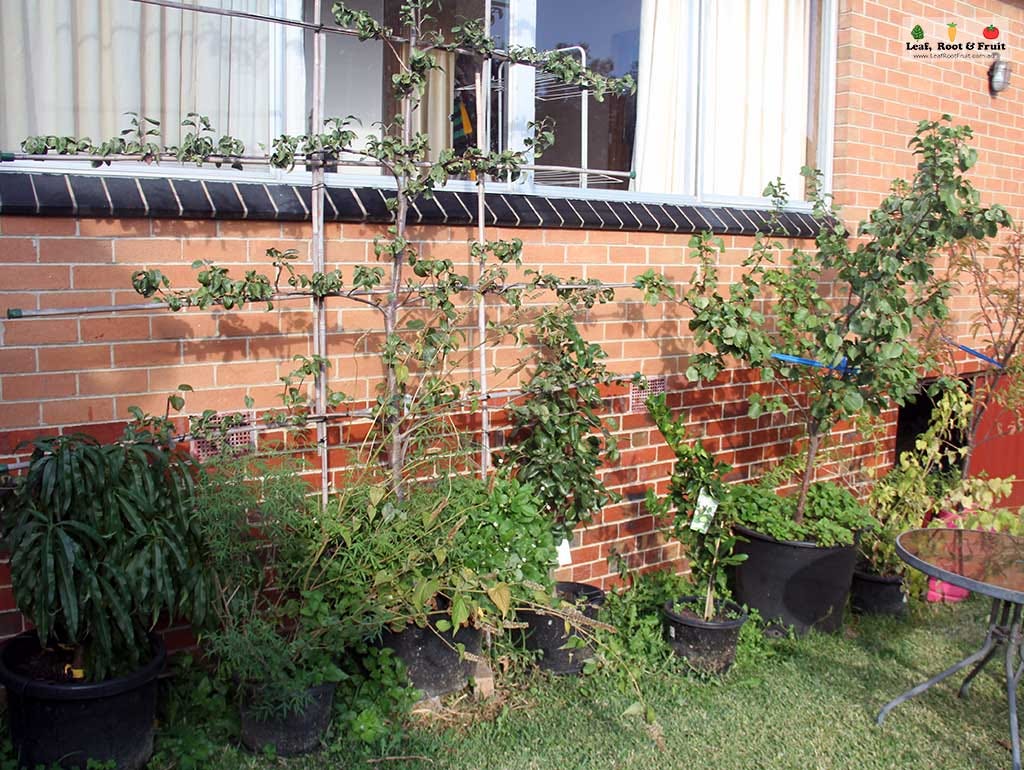The Hidden Cost of Growing Fruit Trees in Pots
Think twice before trying to get a head start on a future backyard orchard.
Fruit trees can be incredibly productive. Using the right combination of rootstocks, planting them in a good location and beating the birds can ensure you pick kilos of fruit from a backyard fruit tree each year.
I’ve planted, maintained and harvested from many fruit trees for my clients over the years and I’ve learnt a lot in the process. I was a renter for a decade before I moved to our forever home, here in Kyneton, and I grew almost all my own fruit trees in pots until then.
You can learn a lot about fruit trees by growing them in pots. You can also learn a lot about what not to do. I’ve recently discovered something about potted fruit trees that I hadn’t appreciated before now.
Want to know more about designing, planting and maintaining your own backyard orchard? Come along to my upcoming Backyard Orchards workshop on June 15.
Rootbound: Why you shouldn’t grow fruit trees in pots
I’ve done a lot of research and reading of scientific literature on growing fruit trees. Conventional wisdom says that a fruit tree grown in a pot will become root-bound. Sure, you can pot it in a bigger pot each year (until you run out of practical pot sizes) but the tree is still limited in where it can put its roots.

When I moved to our new garden in Kyneton I decided that I wouldn’t bother to plant my established potted fruit trees into the ground. Logic says that instead of planting a large, established but root-bound potted tree into the ground you are better off starting with a fresh, young bare-rooted tree. This tree will establish a vigorous root system and ultimately become stronger and more productive than the potted trees with a “head start”. So that’s what I did. I gave away most of my established fruit trees and invested in new stock when I planted out my netted enclosure.
The sentimental exceptions
I’m not hugely sentimental. But there were a few of my potted trees that I was a bit fond of. Quite a few were set up as espaliers and I had grafted each branch to a different variety (more on that here). It had taken a lot of effort and these trees had been instrumental in my self-taught journey of fruit tree grafting and training espaliers. So I decided to plant them along the northern perimeter of the netted enclosure.
There were two other potted trees that were given a spot in the netted enclosure. Both trees were pruned to an open vase shape and planted as free-standing trees. One was a large Elephant Heart plum on full sized rootstock. This tree hadn’t been very productive in its pot. But I liked the shape and it was one of the first fruit trees I’d planted in a pot. It was another sentimental inclusion.
The second tree was a Divinity apricot. It had produced decent quantities of fruit as a potted tree, and the fruit has absolutely amazing flavour. I just had to include it for the flavour alone.
However, my main motivation for planting these established trees was to see what would happen. I’ve always advised others against it and I wanted to test my own advice. I’ve done this in a few other areas of the garden too: planting trees on the wrong rootstock (they’ve since grown too vigorously) and incorrectly pruning apple trees (they produced hardly any fruit).
My thoughts were that the root-bound trees would struggle to establish a strong root system. I thought I’d likely be pulling them out in a few years to replace them with bare-rooted dwarf trees.
Planting the established potted trees

I also removed a thick mat of roots at the base of the root ball by cutting off the bottom 5 cm.
I didn’t prune the canopy of the tree at all. I just planted the trees, watered them in and left them to it.



